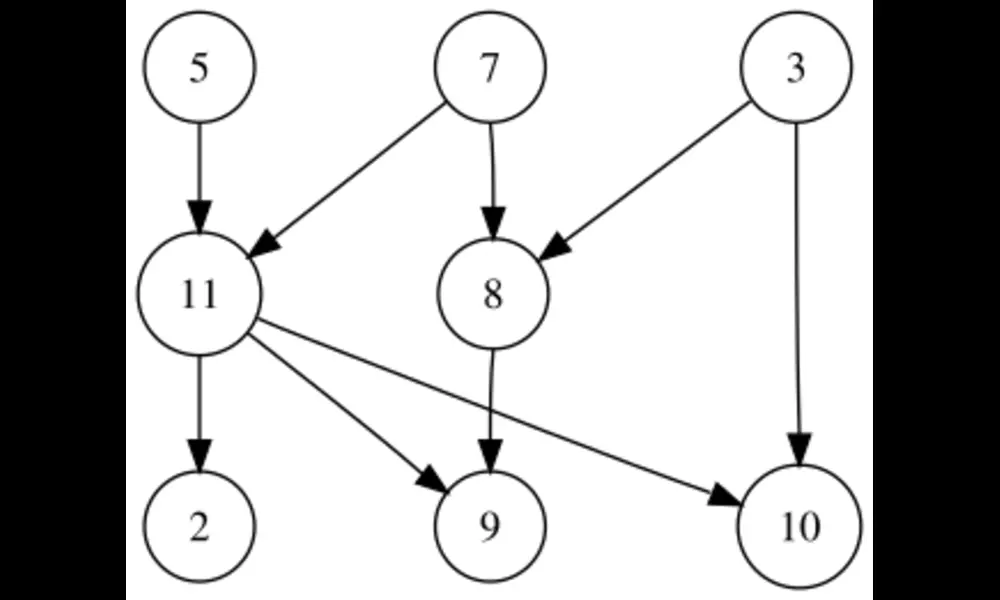New Research Improves Flow Field Predictions
Published on Mon Jul 10 2023 IMG_0591 | Rob Bulmahn on Flickr
IMG_0591 | Rob Bulmahn on FlickrScientists have made a breakthrough in the field of fluid dynamics with a novel approach to estimating flow fields using Reduced Order Models (ROMs). In a yet-to-be-published paper, researchers detail their innovative method which could revolutionize the prediction of fluid flow behavior in various industries, including aerospace, environmental sciences, and manufacturing. Flow fields, which describe the motion of fluids such as air or water, are notoriously complex to analyze and predict accurately. However, this new research presents a promising solution that could enhance the efficiency and effectiveness of flow simulations, leading to improved designs and cost savings.
The paper introduces an approach that simplifies the computational complexity associated with flow field estimations using ROMs. Traditionally, simulating flow fields involves solving complex equations that describe the motion of fluids, which can be extremely computationally expensive and time-consuming. The use of ROMs provides an alternative, more efficient method that captures the essential dynamic features of the fluid flow, while reducing the computational requirements by several orders of magnitude.
The researchers applied this new method to real-world scenarios, including predicting flow patterns around aircraft wings and simulating water flow in rivers. The results of their simulations demonstrated a remarkable accuracy and computational efficiency, outperforming existing methods used in these industries. By significantly reducing the computational burden, the ROMs-based approach enables researchers and engineers to analyze flow fields in real-time, enhancing their ability to make informed decisions and improvements to designs.
These findings have far-reaching implications across various industries. In aerospace engineering, for example, more accurate predictions of airflow around aircraft wings can lead to better aerodynamic designs, resulting in improved fuel efficiency and reduced emissions. Similarly, in the environmental sciences, the ability to simulate water flow in rivers and streams accurately can aid in predicting flooding patterns and informing flood management strategies. Moreover, within manufacturing, this novel approach could optimize fluid flow in industrial processes, reducing energy consumption and increasing productivity.
While further research and validation are still required, this unpublished paper points to an exciting future where accurate flow field estimations become more accessible and cost-effective. The potential applications of this innovative method are vast, promising breakthroughs in numerous industries that rely on understanding fluid behavior. As this research gains wider recognition, its impact on our daily lives could be substantial, creating a more sustainable and efficient future.



